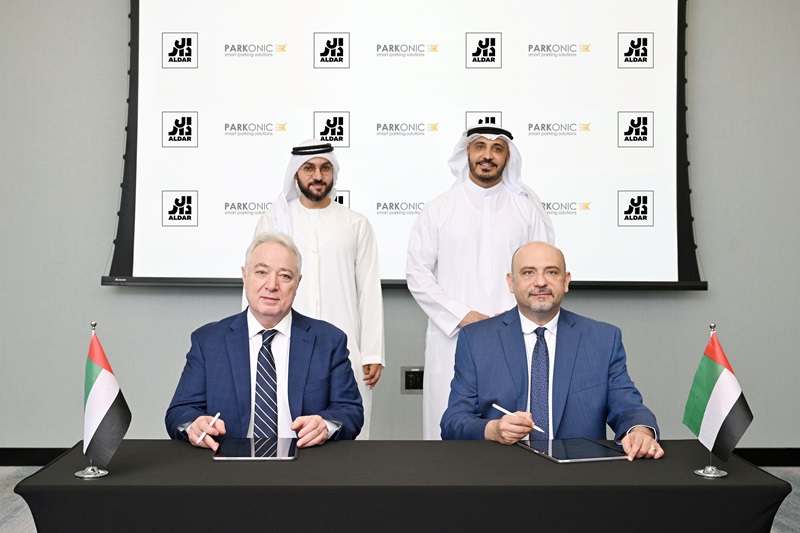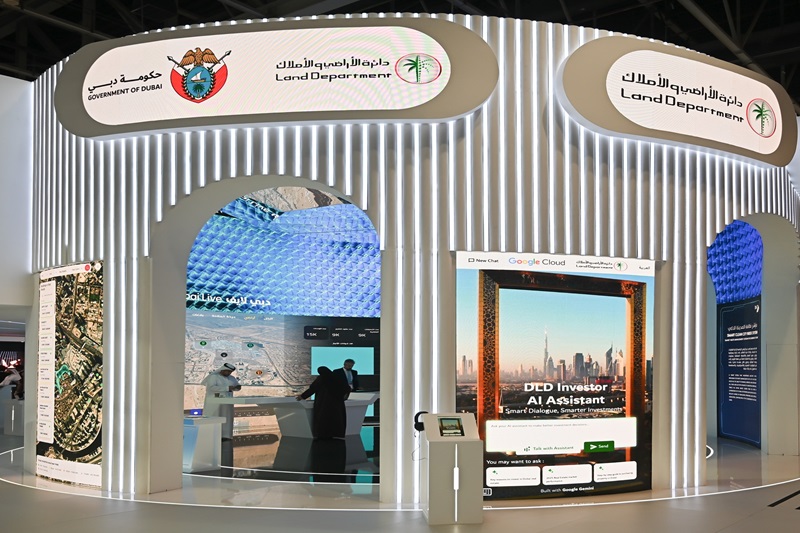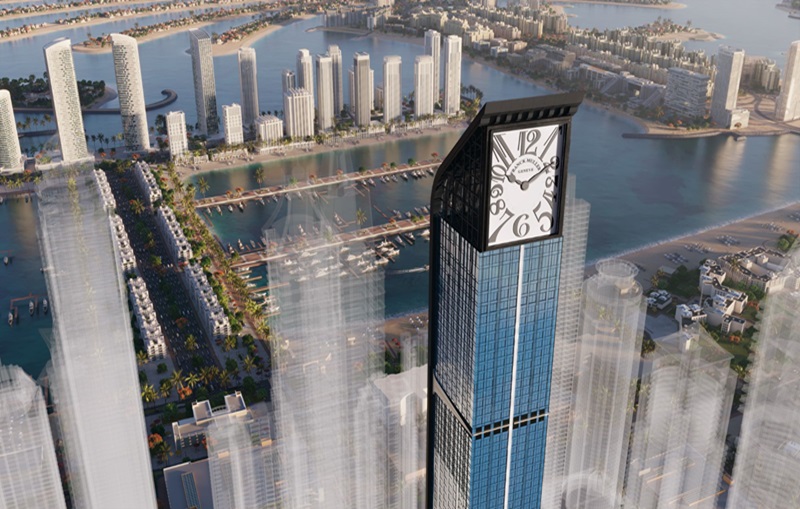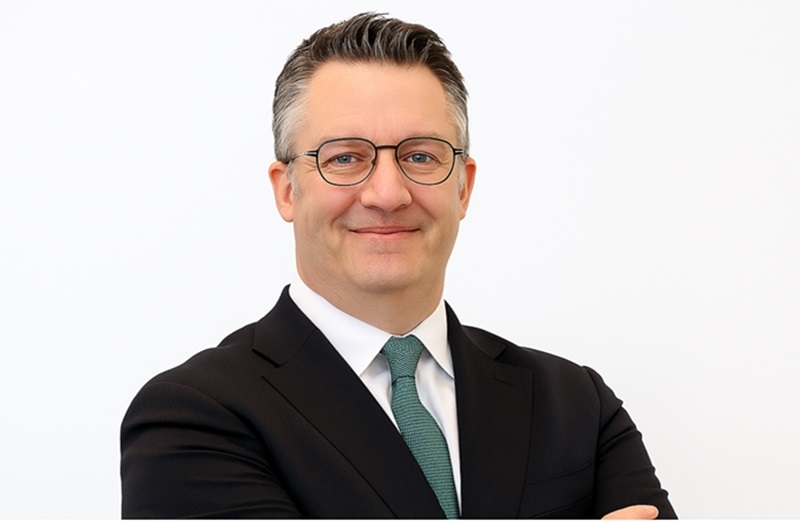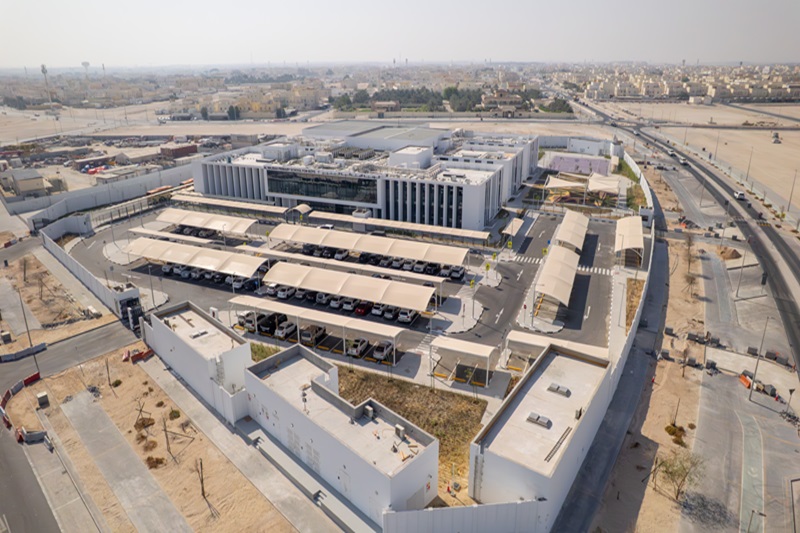
It has been close to a year since the pandemic hit the region. While the safety rules and regulations are in place and keeping the COVID-19 situation in-check, the last couple of months have seen a spike in the number of cases. However, this time around, the front-line workers from the built environment sectors have been more agile and ensured the safety of their residents and occupants are at the topmost priority. CM today gets insight from the Community Management sector on how they are taking control of the situation.
 No need to panic!
No need to panic!
The key to handling the increasing number of cases is not to panic, say experts. “As responsible members of the society, it is more crucial now than before that we adhere to COVID precautions to prevent a swell in the infection rate. By not wearing face masks, regularly washing hands, we would undo all the good work done to date,” says Glen Aranha, Community Management Professional.
 However, it is prudent to revisit what is being done in the buildings that are being managed, advices Alan Rowlands, General Manager, Three60 Communities. “This way we are not only ensuring that all actions as determined by the authorities are implemented, such as precautionary signage, social distancing, and the management of common facilities in the building, but also we are being constantly vigilant to ensure that regular cleaning, sanitation, and disinfection are rigorously done, particularly in those buildings where we are aware that a resident or residents have become infected,” adds Alan.
However, it is prudent to revisit what is being done in the buildings that are being managed, advices Alan Rowlands, General Manager, Three60 Communities. “This way we are not only ensuring that all actions as determined by the authorities are implemented, such as precautionary signage, social distancing, and the management of common facilities in the building, but also we are being constantly vigilant to ensure that regular cleaning, sanitation, and disinfection are rigorously done, particularly in those buildings where we are aware that a resident or residents have become infected,” adds Alan.
The recent announcements made by authorities to re-introduce curbs on attendees in light of the surge at personal & social gatherings, public places & malls are a step in the right direction. Hence, the need of the hour says Glen, should be a coordinated, orchestrated, higher-level response as opposed to overreliance on personal responsibility wherein people should be trusted to make their own decisions about how to keep themselves and each other healthy.
Focus Areas
As community managers, it is important to stay aware of the areas that fall under their responsibilities. Hence ensuring that all potential interaction areas are continuously monitored and properly managed is important. It will eventually lead to minimizing the risk of infection.
Focus areas like physical distancing, practicing good respiratory and hand hygiene should continue to be a priority. Glen suggests a different approach in terms of strict implementations of safe programming. What is ‘safe programming’? “Safe programming involves assessing, preventing, and mitigating risks. This means working with the team to review risk assessments and ensure COVID-19 related risks are included as well as adequate risk mitigation measures,” he adds.
However, with the recent introduction of the COVID-19 vaccines, a more profound approach this time around will be vaccination, adds Glen. “Vaccination is a crucial step in providing a viable solution. Under the wise leadership of the country in the implementation of a national vaccination drive will put UAE on an early road to recovery from the pandemic,” says Glen.
Business Continuity
Every company in the service industry needs to safeguard the health and well-being of the assets that are managed and the customers that reside in those communities. At Three60 Communities they have ensured an effective strategy for business continuity with a low-need for contact in the workplace. “We have all become habituated with minimizing personal interaction in our workforce and developing effective methods of carrying out our duties remotely if required. Work from home is an example of this strategy,” says Alan.
There is no denying that a people-first mindset is the way companies should look forward. Employees are unable to focus on work responsibilities when their well-being is in peril. Hence, Glen elaborates, that this may include teaming up with local or state-level agencies (including health agencies) to provide for an adequate and comprehensive response to a pandemic event. “This is closely followed by a plan for segmentation of functions and activities. Such segmentation can be geographical,” he adds.
Investing in technology and infrastructure to support remote work capabilities is also the key to a healthy business continuity plan. This investment benefits in ensuring the client’s well-being and the employees’. Glen explains that engaging with customers through multiple channels and reinforcing their interests is important. “This may include developing a communication strategy which involves maintain customer trust and retaining,” he adds.
Alan says how a significant portion of their services have been moved online and it has enhanced the use of digital technology solutions for various business operations. “Customers no longer need to visit our offices physically. Still, they can conveniently avail a host of services online, from service charge or utility payments to applying for and receiving move-in/out permits, information guides, etc.; a 24x7 Contact center is available when further assistance is required,” he says.
Things are changing daily and there is no predicting what the future holds. However, what is in our hands, as responsible members of the community management sector is to continue to evolve to ensure we remain sustainable and resilient.







.jpg)
.jpg)
